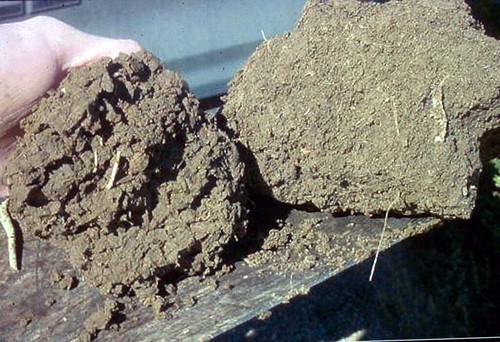
No-till farming used to be only about reducing soil erosion. Today, continuous no-till is the preferred tillage system in some areas. Why? It’s all about soil health.
The loss of organic matter in soil, which is the lightest soil component and the first to wash away, is the healthiest portion of our topsoil. It is the house where the biological systems in our soils live and includes everything from the tiniest organisms like bacteria, algae, fungi, and protozoa to the more complex nematodes, micro-arthropods (think tiny spiders), and the more visible earthworms, insects, small vertebrates, and plants. They are all part of healthy soil.
Tillage destroys soil structure, and is catastrophic to the populations of these beneficial and diverse organisms. Soil microbes help cycle nutrients that support plant and root growth, which in turn support soil microbes that support plant growth ― it’s the underground circle of life.
With assistance from USDA’s Natural Resources Conservation Service (NRCS), farmers and ranchers are restoring healthy soils.
NRCS helps farmers and ranchers emulate nature’s way – to have something growing in the soil. That means implementing continuous no-till systems that include cover crops that keep living roots growing in the soil to support plant growth and biological activity.
Remember, nature built healthy and productive soils and didn’t till the soil.
Farmers interested in learning more about soil health and soil health management systems should visit www.nrcs.usda.gov/GetStarted or a local USDA service center.

